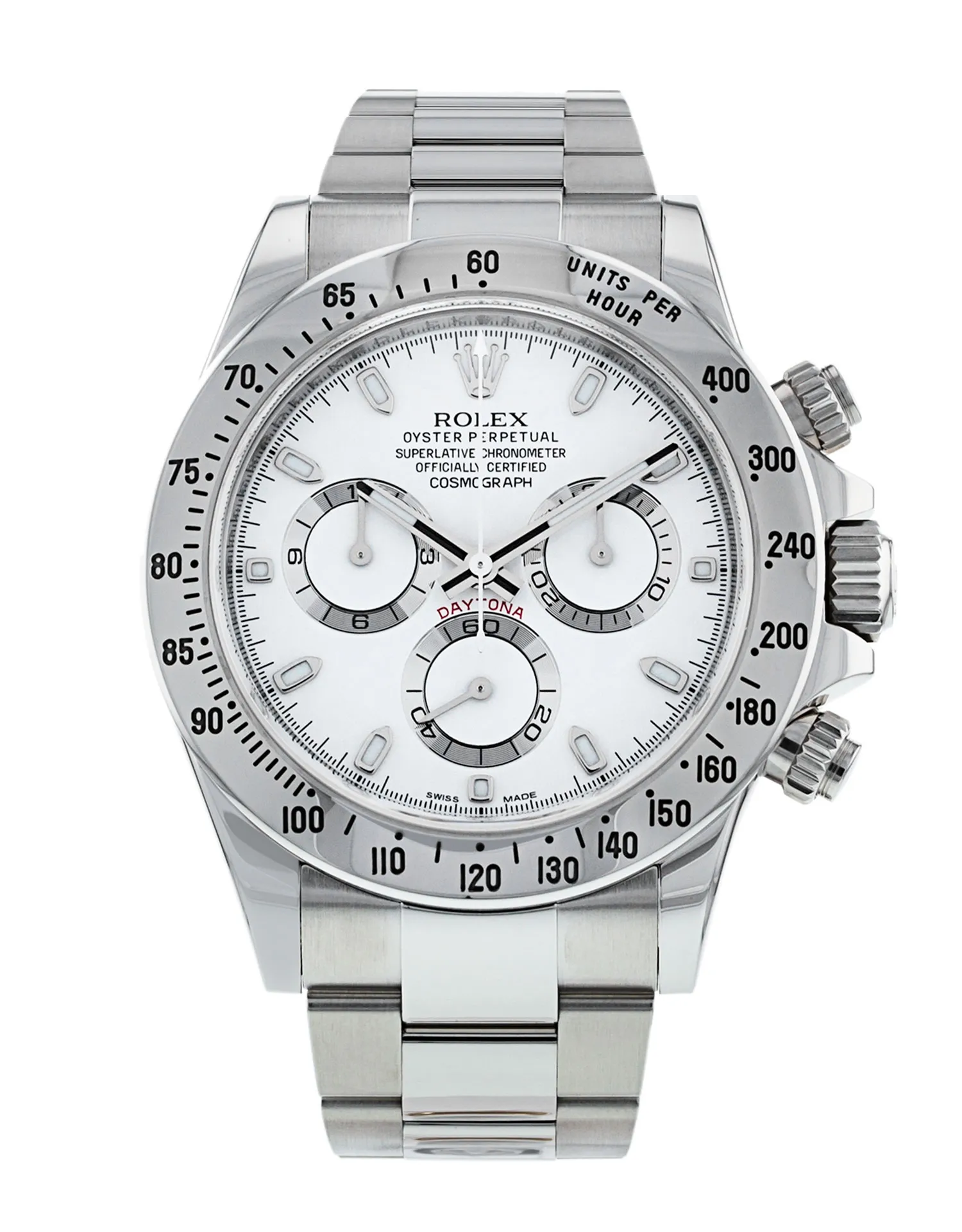Title: Unleashing the Power of Navy SEAL Vision: Requirements and Training
Introduction:
The United States Navy SEALs are renowned for their exceptional skills, unwavering dedication, and unparalleled training. As the most elite force in the military, SEALs are expected to excel in various challenging environments, both on land and at sea. One crucial aspect that sets them apart is their superior vision. In this article, we will delve into the navy seal vision requirements and explore how they are trained to develop and maintain their exceptional visual capabilities.
1. Navy SEAL Vision Requirements:
To become a Navy SEAL, candidates must meet certain stringent physical and mental criteria. When it comes to vision, there are specific requirements that must be fulfilled to ensure that SEALs can perform their duties effectively in various operational scenarios. Here are some key vision requirements for aspiring SEALs:
a. Visual Acuity:
Navy SEALs are required to have excellent visual acuity, both with and without corrective lenses. Candidates must pass a comprehensive eye examination, including distance and near vision tests. Those with corrective lenses must have their prescription properly documented and updated regularly.
b. Color Vision:
Color vision is another crucial aspect of vision for SEALs. They must be able to differentiate between various colors and shades, as this is essential for interpreting maps, identifying signals, and detecting enemy movements. A color vision test is conducted to assess a candidate’s ability to perceive and differentiate colors.
c. Night Vision:
Navy SEALs often operate in low-light or nighttime conditions. Therefore, they must possess good night vision to perform effectively in these environments. Night vision training focuses on enhancing the ability to see in low-light conditions and utilize night-vision devices effectively.

d. Field of Vision:
A wide field of vision is essential for SEALs to have a comprehensive understanding of their surroundings. This allows them to detect threats, navigate through challenging terrains, and provide effective surveillance. Candidates undergo tests to assess their field of vision, ensuring it meets the required specifications.
2. Training for Navy SEAL Vision:
Once selected, SEAL candidates undergo an intense training program that encompasses various aspects of vision development and maintenance. The training aims to enhance their visual capabilities, ensuring they can perform at their best during operational missions. Here are some key components of Navy SEAL vision training:
a. Visual Acuity Training:
To maintain and improve visual acuity, SEALs engage in various activities, such as target shooting, long-range viewing, and close-quarters vision exercises. These activities help sharpen their focus, enhance depth perception, and improve overall visual performance.
b. Color Vision Training:
Color vision training involves exercises that challenge and enhance a SEAL’s ability to differentiate between colors. These exercises can include color identification games, puzzle solving, and target recognition drills. The goal is to ensure that SEALs can accurately interpret colors in various operational scenarios.
c. Night Vision Training:
Night vision training is a critical component of SEAL training, as many operations involve operating in low-light or nighttime conditions. SEALs learn to use night-vision devices effectively and engage in simulated night operations. They are also trained in recognizing and utilizing natural night vision enhancement techniques, such as focusing on objects with higher contrast or reflecting surfaces.
d. Field of Vision Training:
To broaden their field of vision, SEAL candidates engage in exercises that promote peripheral awareness and spatial awareness. These include target tracking, panoramic viewing drills, and navigation exercises. These activities help SEALs develop a wider field of vision, enabling them to detect threats and navigate through challenging terrains effectively.
3. Maintenance and Care of Vision:
Maintaining good eye health is crucial for SEALs, as their vision is their primary sense in many operational scenarios. To ensure optimal vision performance, SEALs are trained in proper eye care practices, including regular eye examinations, wearing corrective lenses when needed, and protecting their eyes during high-risk activities.
Conclusion:
The exceptional visual capabilities of Navy SEALs are a vital component of their success in various operational missions. Meeting the navy seal vision requirements and undergoing specialized training allows SEALs to develop and maintain their superior vision, enabling them to perform at their best in challenging and dynamic environments. With a focus on visual acuity, color vision, night vision, and field of vision, SEALs are equipped with the necessary skills to excel as the most elite force in the United States military.




























